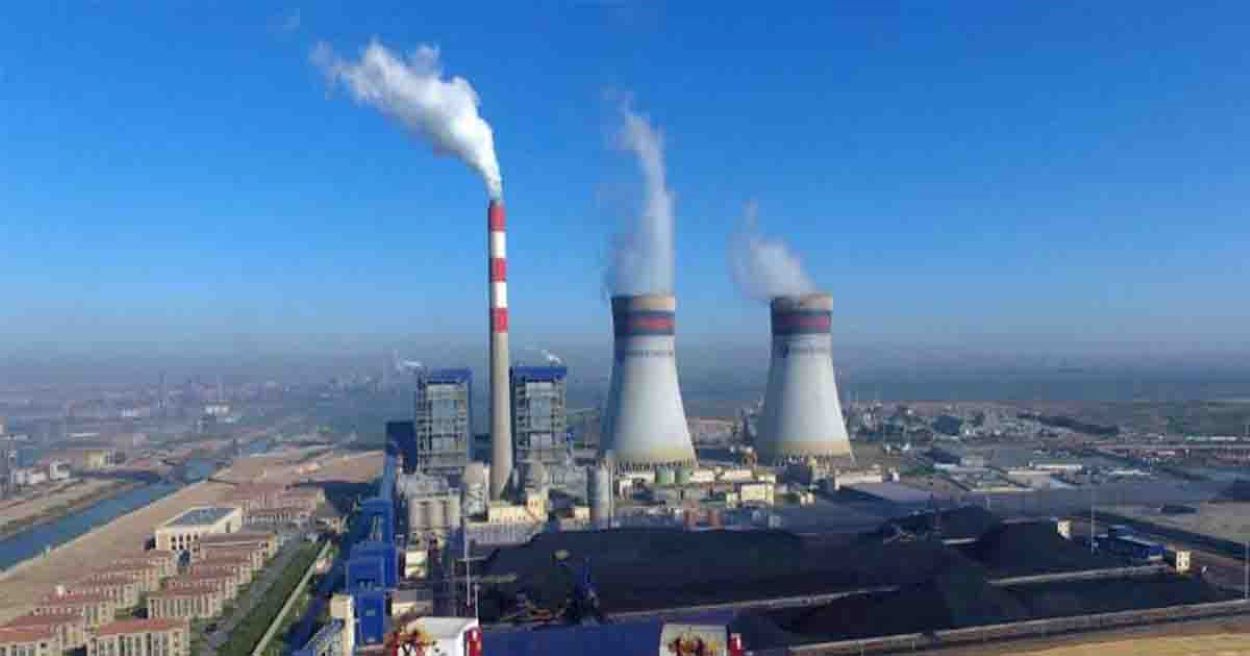The Pakistani government has formally requested the National Electric Power Regulatory Authority (Nepra) to approve revised agreements for four public sector power plants, projecting savings of Rs1.58 trillion over their remaining lifespans.
On April 18, 2025, a proposal was announced that transitions from a ‘take or pay’ model to a ‘hybrid take and pay’ model. This change reduces the rate of return and caps dollar indexation at Rs168. The aim is to lower consumer tariffs and alleviate the financial burden on the public.
Proposed Tariff Changes
The request, submitted by the Central Power Purchasing Agency (CPPA) and four government-owned power plants (GPPs), involves restructuring key tariff components for plants with a combined capacity of 3,700 MW: Balloki and Haveli Bahadur Shah (LNG-based, 1,220 MW each, Rs1.1 trillion savings), Guddu (747 MW), and Nandipur (510 MW, combined Rs355 billion savings). Nepra has scheduled a public hearing on April 24, 2025, to review the proposal, which includes:
Here’s a concise, professionally refined version of your text in active voice with clear structure:
1. Hybrid Take and Pay Model
- Starting on the effective date, plants will receive 35% of the revised Return on Equity (RoE) as Capacity Purchase Price (CPP).
- Plants will earn additional payments for output exceeding 35% of contract capacity.
2. Capped Dollar Indexation
- The policy limits rupee depreciation against the US dollar to 70% of annual depreciation, while consumers receive the full benefit of appreciation.
- The RoE is fixed at 13%, based on an exchange rate of Rs 168 per dollar.
3. Revised O&M Costs
- Operations and Maintenance (O&M) costs will adjust quarterly.
- Local cost components will index to the lower of 5% per annum or the 12-month average CPI.
4. Pass-Through Insurance
- CPP insurance costs are capped at 0.8% of the sum insured and qualify as a pass-through expense.
The applicants have urged Nepra to waive tariff fees, citing national interest and consumer benefits, as outlined in negotiated settlement agreements (NSAs) signed on April 8, 2025, following cabinet approval on March 19.
The four GPPs’ revisions are part of a larger restructuring of power purchase agreements (PPAs) involving 29 independent and government-owned power producers, expected to yield Rs3.5 trillion in total savings over three to 20 years. Two Punjab government LNG projects, Bhikki and Trimmu, are also finalising similar revisions, adding Rs580 billion to public sector savings, bringing the total to Rs2.16 trillion.
The Power Division highlights that these changes will reduce capacity charges, operation and maintenance costs, and consumer-end tariffs, alleviating financial strain on households and businesses.
Read: NEPRA Grants Rs3.02/Unit Relief for KE Consumers in April
The shift to a hybrid model addresses long-standing criticism of ‘take or pay’ contracts, which obligated payments regardless of power usage, inflating costs. By linking payments to actual output and capping indexation, the government aims to stabilise tariffs amid economic challenges. The fixed Rs168 exchange rate and limited depreciation adjustments protect against currency volatility, while the 13% RoE ensures fair returns for power producers.
The inclusion of Punjab’s Bhikki and Trimmu projects signals a comprehensive reform effort, potentially setting a precedent for private-sector IPPs. However, the success of these revisions hinges on Nepra’s approval and effective implementation, with stakeholders watching the April 24 hearing closely.






